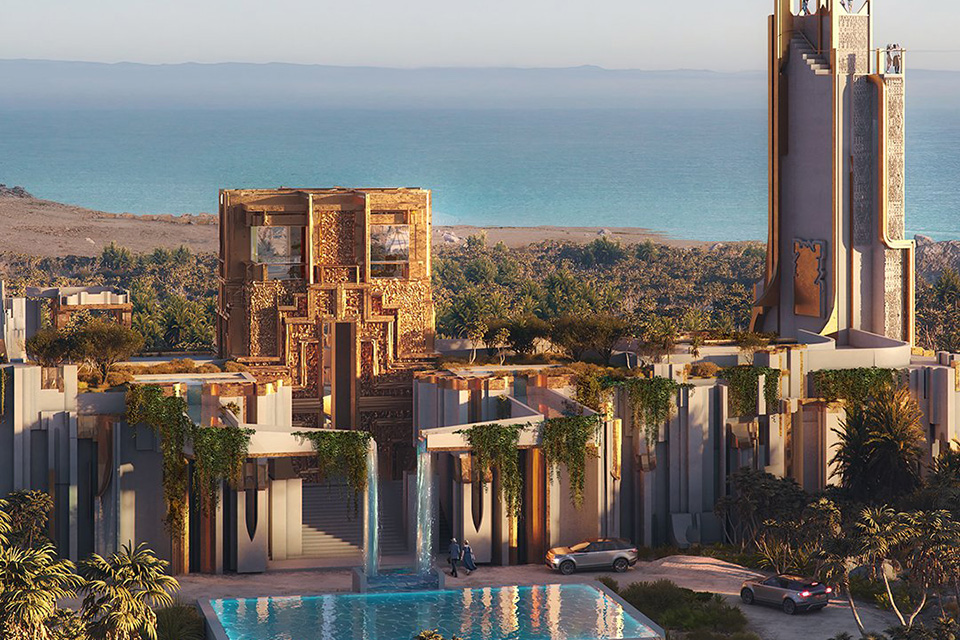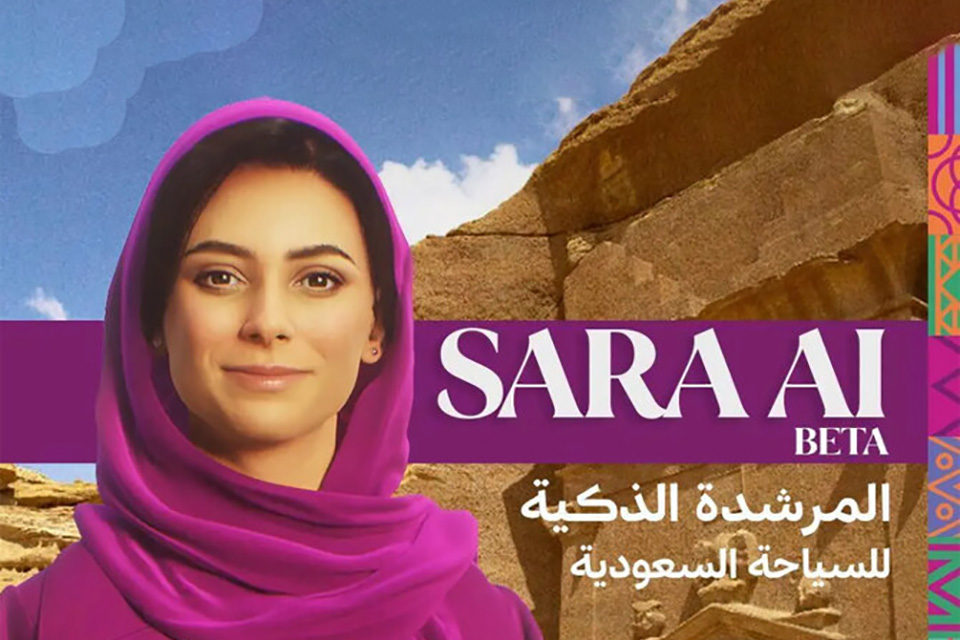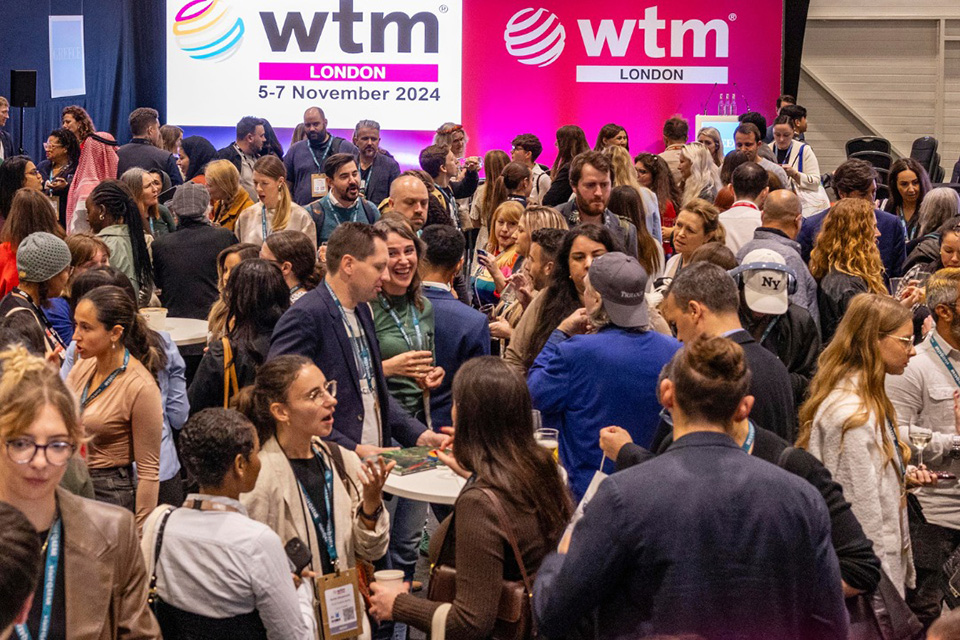- News
Riyadh Metro: What to Expect When It’s Completed
The $22.5 billion work-in-progress Riyadh Metro is designed to serve as the backbone of the Saudi capital’s public transport network.
Article Summary:
- Saudi authorities will be upgrading Riyadh’s transport system with the Riyadh Metro. It will serve as the backbone of the broader King Abdulaziz Project for Riyadh Public Transport.
- Once completed, it will have a capacity of 1.2 million passengers daily. It is expected to eventually accommodate up to 3.6 million passengers every day.
The people of Saudi Arabia, particularly, residents of Riyadh, have long anticipated the completion of the Riyadh Metro network.
Saudi authorities initially launched the project in 2014, with a completion date in 2019. Unfortunately, the project encountered several challenges, such as the COVID-19 pandemic. Given this, it has since been considerably delayed. The project costs USD 22.5 billion (SAR 84.4 billion).
The King Abdulaziz Project for Riyadh Public Transport
With the momentum driving the kingdom’s Vision 2030, the Saudi government expects Riyadh City to grow in various areas. For instance, at the time authorities unveiled plans for the Riyadh Metro project, Riyadh’s population was just around six million. With massive projects underway, the population in the metropolis is likely to balloon to over nine million by 2035.
Given this, the Royal Commission for Riyadh City (RCRC) will be re-focusing its efforts on the broader King Abdulaziz Project for Riyadh Public Transport. Under the plan, residents get to enjoy more affordable, reliable, and efficient ways of commuting. Moreover, it will help lessen traffic jams, reduce pollution, and bolster economic development.
The King Abdulaziz Project covers 842 buses with 2,860 stops, 80 bus stations, six metro lines, and 84 train stations. The bus network alone can transport up to 1.7 million passengers every day.
Riyadh Metro: What to expect
Once authorities complete the Riyadh Metro, it will have the capacity to transport 1.2 million passengers every day. Eventually, it should carry up to 3.6 million passengers in total.
All stations will have air-conditioning, internet access, and passenger information systems. Authorities will build these stations in high-density areas such as intersections of the train and bus routes. They will also have ticketing outlets, customer service offices, shops, and parking spaces. There will also be an allocation for park-and-ride spaces for 200 up to 600 vehicles for those riding the metro.
Some of the main stations are the Qasr Al-Hukm District Station and the King Abdullah Financial District (KAFD) Metro Station. Other stations are the Western Metro Station and the STC Station.
Interconnectivity and sustainability
The Riyadh Metro will have six metro lines, spread over a total distance of 176 kilometers. This includes the Blue Line, running for 38 kilometers along Al-Olaya, Al-Batha, and the Al-Hayer Roads. Next is the Red Line, running for 25.3 kilometers along the King Abdullah Road.
Meanwhile, the Orange Line runs 40.7 kilometers along the Al-Madinah Al-Munawarah Road and the Prince Saad Bin Abdurrahman I Road. The Yellow Line, on the other hand, runs for 29.6 kilometers to connect to the King Khalid International Airport.
The next metro lines are the Green Line and the Violet Line. The Green Line runs for 12.9 kilometers along the King Abdulaziz Road, while the Violet Line runs for 30 kilometers along the Abdurrahman Bin Awf Road.
Key to the Riyadh Metro project plan is that it will promote sustainability in various aspects. For example, the design of stations will allow them to conserve energy and water, plus, they will use recycled materials.
Photo: X






